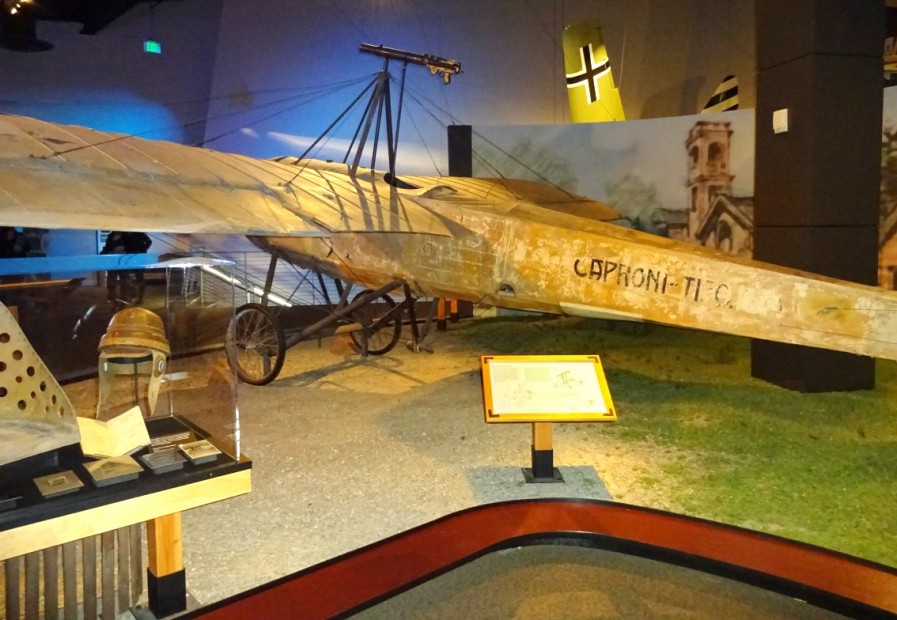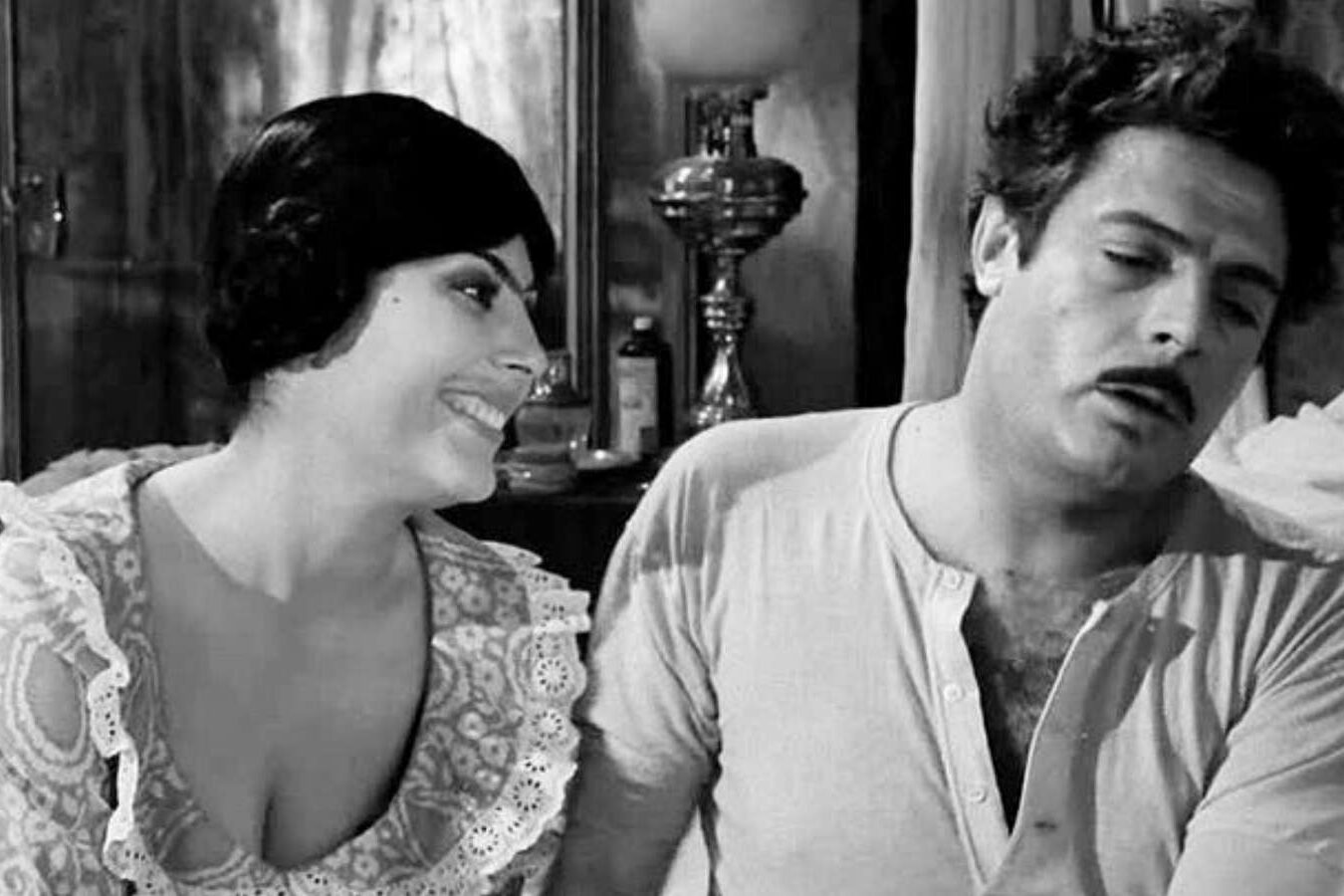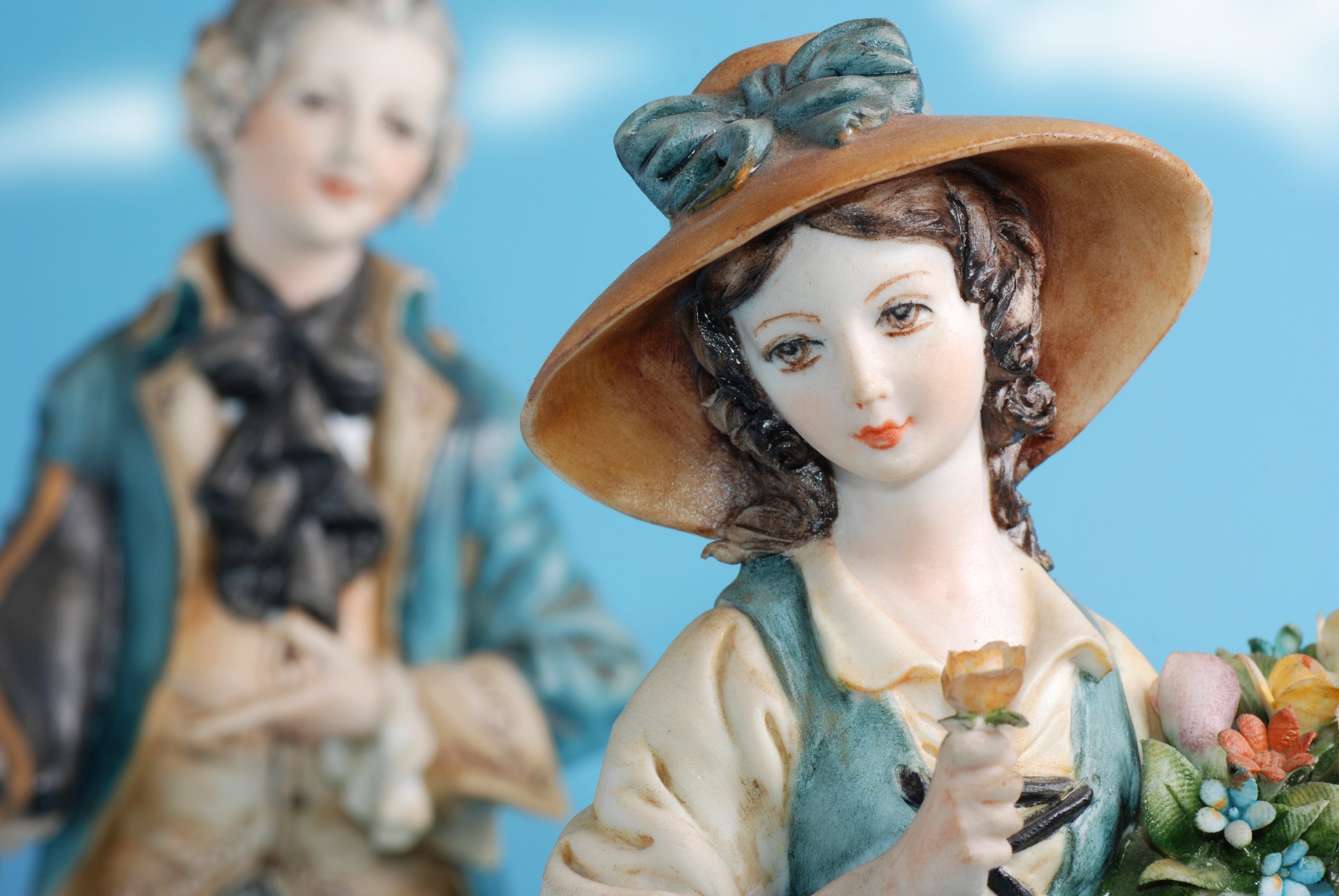Battered and stained, its cappuccino-colored fabric stretched taut over wings and body, the 101-year-old Italian-built Caproni Ca 20 greets visitors to Seattle’s Museum of Flight. With its wood struts and a single propeller, it’s hard to believe this small, fragile aircraft is considered the world’s first fighter plane.
Prominently displayed in the World War I gallery, the monoplane is the oldest original aircraft in the museum’s collection. Only one Ca 20 was ever built before the Italian government, on the eve of World War I, rejected the design in favor of heavier bombers.
“The Ca 20 was an aircraft ahead of its time,” said John Little, assistant curator, Museum of Flight. “It was one of the fastest airplanes around, with a top speed of 154 kilometers an hour. It’s displayed in almost entirely original condition, including its cloth covering, which is a superb example of original aircraft fabric. Usually fabrics only last about 20 years, not 100.”
The Museum of Flight purchased the Ca 20 in 1999 from the Caproni family, who had stored it in a monastery for more than 80 years. Retrieving the aircraft from the building’s second story was an adventure. “Our crew arrived, disassembled it and had to lower the parts, piece by piece, out the window,” said Little. “Luckily, all went smoothly. We crated it up and shipped it to Paine Field, north of Seattle. There it was carefully reassembled and taken to the Museum of Flight.”
Not only was the Ca 20 fast, but it had deadly aim. The speedy single-seat airplane carried a forward-facing machine gun mounted high above the propeller arc. The pilot would simply point the aircraft toward an enemy plane and then fire the gun with surprising accuracy.
Gianni Caproni was born in 1886 in Massone d’Arco in northern Italy. He had an aptitude for science, and studied civil engineering in Munich, electrical engineering in Liège, and aeronautics in Paris. He became fascinated with aviation as a student in Munich after seeing an exhibit of early gliders built by the German aviation pioneer Otto Lilienthal In 1909, the 23-year-old Caproni designed his first aircraft: a single-engine, twin-propeller biplane that he called the Ca 1. The next year, the Ca 1 flew about 600 feet before it crash-landed. Despite this inauspicious beginning, this marked the birth of aviation in Italy.
Two years later, Caproni and a partner launched their own aircraft factory and started a successful flying school, the first in Italy. The airplanes that Caproni built quickly became formidable competitors in air meets and record flights throughout Europe. One particular design, the Ca 9, so impressed the Italian Army that the military ordered 200 Ca 9’s for delivery, becoming Italy’s first mass-produced military aircraft.
Caproni and his partner had some difficulties along the way, including government indifference, money shortages and charges of mismanagement. The flying school closed and the aircraft factory was purchased by the state.
Undeterred, Caproni continued his love affair with aviation. During his lifetime, he designed 170 different aircraft types, was awarded 160 patents and set 72 records. Grateful for his contributions to aviation, the King of Italy appointed him the Count of Taliedo in 1940. Caproni died in Rome in 1957.
If you go: The Ca 20 is in the entry way of the World War I gallery at the Museum of Flight (9404 East Marginal Way South, Seattle, WA 98108). The museum is open seven days a week from 10 a.m. to 5 p.m. with free admission on first Thursdays from 5 p.m. to 9 p.m.
If you go, you can also see an Italian-made Fiat G.91 military jet, flown in the 1970s by the Frecce Tricolori, the Italian aerobatic team. Several exhibit cases showcasing Italian model aircraft are also on view.
For more information, call (206) 764-5720 or visit www.museumofflight.or
































